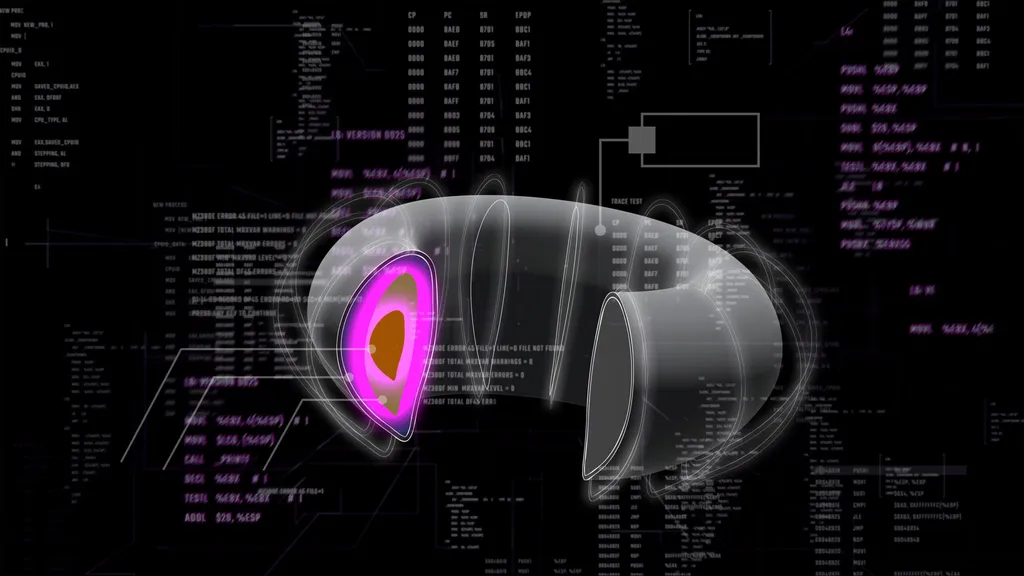In the quest for sustainable and efficient energy, scientists are delving deep into the heart of plasma physics to unlock the secrets of fusion energy. A recent study published in the journal *Nuclear Fusion* (translated to English as *Nuclear Fusion*), led by P.J. Bonofiglo of the Princeton Plasma Physics Laboratory, sheds light on the critical issue of alpha particle losses in deuterium-tritium (DT) plasmas. This research is not just academic; it has profound implications for the future of fusion energy and its commercial viability.
Alpha particles, the helium nuclei produced in fusion reactions, are essential for sustaining burning plasmas. However, their confinement is a complex challenge. Various magnetohydrodynamic (MHD) instabilities can cause these particles to be transported outward, reducing plasma heating and potentially damaging in-vessel components. The Joint European Torus (JET) recent deuterium-tritium campaigns in 2021–2023 have provided a wealth of data on alpha particle losses, which Bonofiglo and his team have used to refine their models.
The study employs advanced modeling techniques using the TRANSP and ORBIT-kick codes, incorporating reduced models that calculate mode structure, amplitude, and evolving dynamics. “Our goal was to integrate these models to better understand and predict alpha particle losses,” Bonofiglo explains. “By comparing our simulations with experimental data, we can validate our models and identify areas for improvement.”
The research covers a variety of MHD activities, including fishbones, tearing modes (TMs), and sawtooth crashes. One intriguing case involves an alpha-driven toroidal Alfvén eigenmode, where the modeling showed only marginally weak alpha losses, failing to support experimental observations. This discrepancy highlights the complexities involved and the need for further refinement in modeling techniques.
Another significant finding involves the coupled effects of a TM and toroidal field ripple. While the modeling did not replicate the observed particle pitch, it did successfully duplicate the localized flattening of the measured neutron profile. “These findings are crucial for understanding the interplay between different MHD activities and their impact on alpha particle confinement,” Bonofiglo notes.
The study also compares the magnitude of losses and energy/velocity-space sensitivities against experimental observations, providing a comprehensive picture of alpha particle transport. This work not only corroborates numeric alpha transport modeling but also identifies model deficiencies, paving the way for future improvements.
The implications for the energy sector are substantial. Efficient alpha particle confinement is vital for the viability of fusion reactors, which promise a clean and virtually limitless energy source. By addressing these challenges, scientists are bringing us closer to realizing the commercial potential of fusion energy.
As Bonofiglo puts it, “This research is a stepping stone towards better understanding and controlling the dynamics of burning plasmas. It’s a critical piece of the puzzle in our journey towards sustainable fusion energy.”
In the broader context, this study underscores the importance of continued investment in plasma physics research. The insights gained from these models and experiments will shape the future of fusion energy, potentially revolutionizing the energy sector and contributing to a more sustainable future. The journey is complex, but each step brings us closer to harnessing the power of the stars here on Earth.

